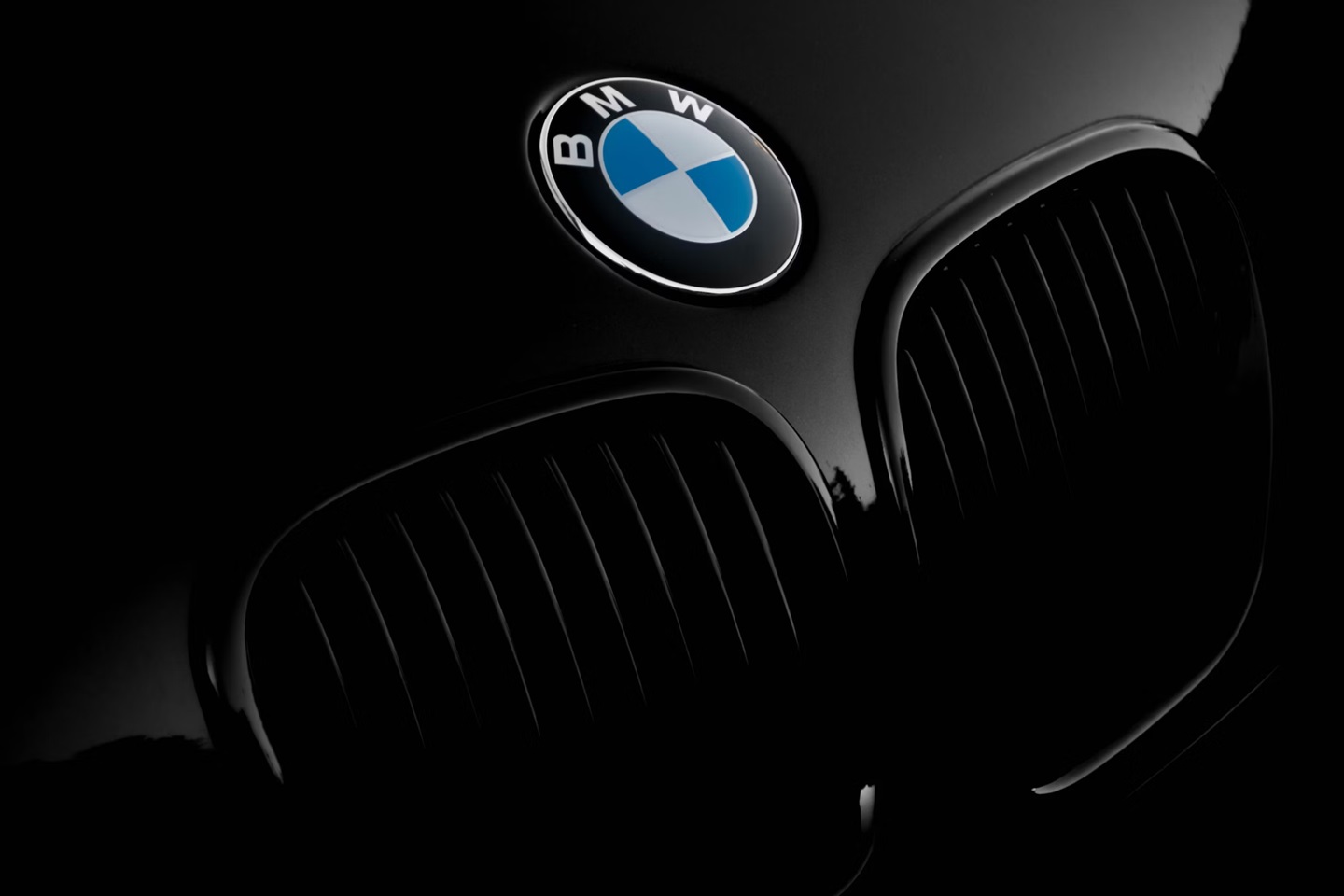
Welcome to our first blog post of meteorological autumn. This time around we’re thinking about, well, no surprise, it’s cars. As we explore these automotive facets, let’s also consider the role of auto aftermarket investment banking in shaping industry trends and making technological advances accessible to manufacturers and consumers alike.
Devil’s Advocate
BMW is reversing course on their plan to charge for heated seats, and while much of the derision is deserved, do you need heated seats in Florida? Just asking, not arguing. Charging for something you paid for is cheesy without a doubt, but what if the purchase price was adjusted for all the subscriptions added or not added?
Would you still feel the same way? Maybe you’re at a place in your life where the base model is what you can afford, or is all you need, but suppose in a few years you’re ready for the fancier model and all you had to do was download an update and unlock a few features?
The influence of auto aftermarket investment banking could potentially steer manufacturers like BMW towards more customer-friendly monetization models, balancing between upfront pricing and subscription services.
Of course, not mentioned was the apparent ease with which hackers can unlock features. Or subscription fatigue. Which is real, don’t knock it.
Good News Everybody
Suppose you’ve been wondering how car companies can stand out when the electric apocalyp.., er, era has really taken hold and everybody is working with the same electrons. In that case, the Volkswagen Group has your answer: design.
We think about this a lot at Capstone Automotive when we think about what the automotive landscape will look like after everybody is using the same electrons.
VW held a media event prior to the start of IAA 2023 wherein head honcho Oliver Blume said the brand will become more “design-driven” in the EV era.
“What will remain certain in the future world of mobility? In a world full of new parameters, new possibilities, new challenges, and opportunities? Given this, very little seems certain in this future.
How do we expect to make a difference in this scenario? In a scenario where products and services get more and more comparable. Where innovation and information move at a pace never seen before. And, where traditional values such as competitive pricing, quality, production, and innovation excellence are not an option but rather a must-have?
For us the answer is clear. It is the emotion you experience when you think about a product. It’s the feeling you get when your heart beats faster seeing a car. And it’s what tells you the car you see is beautiful.
The true meaning of design and brands has never been more important than today. Design has the power to transform a product into a personality. It is a constant yet emotional element of your life. Intelligent design leverages this opportunity.”
There’s a lot to unpack in there, and this warrants a “trust, but verify” stance, but let’s take a moment to appreciate the head of the largest car company in the world acknowledging a car can be beautiful.
Cars are more than appliances or things. A good car design will evoke an emotional response. And if you want repeat customers, what better way than to make things that are aesthetically pleasing? In a perfect world, car makers would be dinged for playing it safe and rewarded for taking risks.
With potent backing from auto aftermarket investment banking, manufacturers have the financial latitude to innovate and experiment, ensuring that the aesthetic and emotional aspect of car design doesn’t get relegated amidst technological advancements
Now, can we all agree on a standard definition of what makes a car beautiful?
One last word on VW, do you think there’s any correlation between the pre-IAA presentation and the reports from an internal managers meeting in July 2023 where Thomas Schäfer, the head of VW passenger cars, said that the “roof is on fire” at VW?
Meaning the costs associated with the transition to EV technologies were taking a financial toll. Chief Financial Officer Patrik Andreas Mayer, went so far as to declare “our vehicle business is unwell.”
Leave the steering wheel, lose the screen
Show of hands: who likes the trend towards gluing a ginormous tablet to the dashboard? Just as I thought, nobody. You are all to be commended for your fine, sophisticated taste. It’s a lazy trend, but unfortunately, it appears simply raging against it won’t make them go away.
This is curious because there’s no shortage of surveys showing the car-buying public prefers buttons, and carmakers say they hear you, but then every new car seems to have a bigger and bigger screen. What’s a neo-Luddite supposed to do?
It just doesn’t seem like a step forward. If you think cars need to be safer, how are big screens going to refocus the drivers’ attention on driving? Well, perhaps there needs to be a better alternative.
What if we could exchange the big screens for no screens? We’ve always been intrigued by heads-up display tech, so when a UK-based company called Envisics raised a $100M Series C round, our attention was grabbed. (A hundred million for an autotech company in this environment!?!)
They combine holographic displays and augmented reality to project all sorts of information in front of the driver, including directions, hazard warnings, vehicle information, and more.
Combine a quality HUD with a voice control system that works and someday dashboard tablets will all be a distant memory, like cassette tapes. Hopefully.
